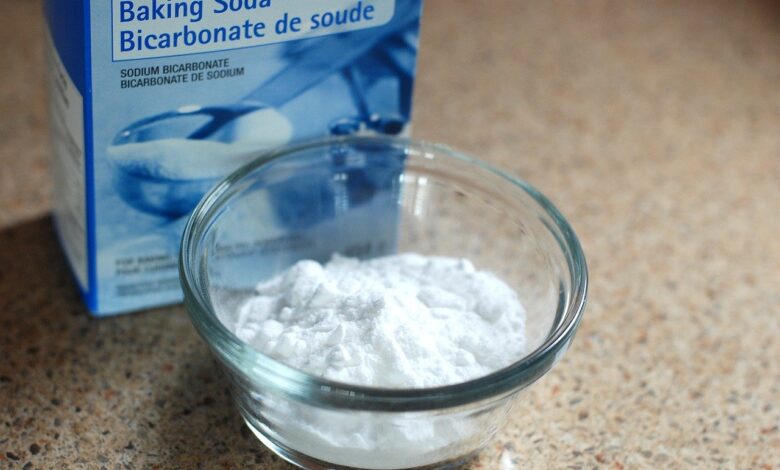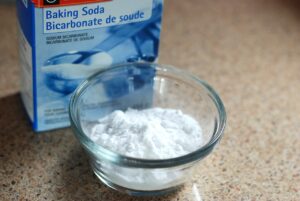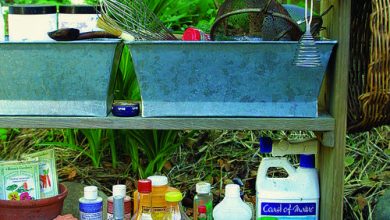Magnesium for Plants: [Use, Advantages, Excess and Deficiencies]

 Magnesium is part of the second most important family of nutrients for plants, together with calcium and sulfur.
Magnesium is part of the second most important family of nutrients for plants, together with calcium and sulfur.
Its importance acquires the level of vitality, but the quantities demanded by the crops are less than the so-called macronutrients.
This reality causes many growers to be confused about the care they pay and deficiencies then occur.
If you do not want that to happen to you, it is best that you take note of the highlights of this nutrient and that they are precisely the ones that we present here.
What is magnesium?
- Magnesium is a chemical element present in the environment that plays a leading role in plant nutrition.
- However, they are not capable of absorbing magnesium in its pure form, but instead take advantage of it as dissolved magnesium in the soil.
- They achieve this action thanks to two chemical processes: perspiration and diffusion (it allows the ions to move to the areas that need it most).
- All this amounts to the fact that magnesium deficiency concerns are not so common, although there have been cases of this.
- Its representation as a chemical element is Mg and the dissolution it makes in the soil is denoted by Mg2 +.
What factors influence the response of the crop with magnesium fertilization?
The characteristics of the soil are very important when assessing the possible absorption of magnesium by plants.
For example , it is a nutrient that performs best when soils have a high pH .
It also responds better when crops are located in areas where temperatures are generally low .
Moisture and drainage capacity are also involved, since in very dry soils it is more difficult for magnesium to behave well.
The high presence of other nutrients such as sodium, potassium or calcium also has a direct influence on the fertilization capacity.
What is the magnesium content in the soil?
The amount of magnesium in the soil depends a lot on the characteristics of the minerals that compose it.
When working on soils that are dry, the magnesium level can be set in the range of 120 to 2400 ppm, but not everything is available.
But if it is a soil that is moist, the concentration drops to a range of 5 to 50 ppm.
Of course, all this is modifiable depending on the conditions of the soil with respect to other elements such as calcium and where erosion also intervenes.
What benefits can a soil rich in magnesium have?
- Magnesium is essential for the development of chlorophyll because it is the content of the central atom of each of its molecules. For this reason, when the magnesium levels in the soil are correct, or adjusted through fertilization, the plants present a better state of health.
- On the other hand, magnesium is a nutrient that has a direct link with the formation and work process carried out by enzymes.
- Likewise, it plays a decisive role in the synthesis of certain proteins , such as xanthophylls and carotenes.
- In the case of carbohydrates, magnesium prevents excessive transfer between leaves and stems.
What are the disadvantages of an excess of magnesium?
Magnesium toxicity in plants can lead to problems related to the absorption of other nutrients.
The most common is that the plant loses the opportunity to have the correct levels of calcium and potassium, which are nutrients with a very delicate action.
When this is the case, symptoms could be evidenced as if it were a deficiency of any of them, but in reality it is an excess of magnesium.
For this reason, the wisest way to act in the face of this reality is by conducting two conclusive studies: the soil and the tissue.
The study of soils will allow recognizing the amount of nutrients in it and assessing the absorption capacity of the plants.
In the case of tissue study, it will help to determine exactly how much magnesium is circulating and work accordingly.
Of course, as long as the fertilizations are carried out taking care of all the nutrients equally, there is very little probability that excesses will occur.
Which crops benefit the most from the presence of magnesium in the soil?
The crops that benefit the most from good levels of magnesium in the soil are mainly citrus .
In many of them, such as kiwi , detecting a deficiency in this nutrient is simple.
This is because not only does the common chlorosis occur in other types of crops, but there is also the possibility of developing necrosis.
This is a reality that can manifest itself in the same way in different types of black .
How do we detect magnesium deficiency or deficiency in our crops?
Crops that are deficient in magnesium have the peculiarity of showing symptoms on old leaves first.
This condition is due to the fact that it is a mobile nutrient that moves throughout the structure of the plant .
The first are yellow spots that appear on the leaves and that end up occupying their entire extension, plus the veins remain green .
It is a logical condition that responds to the leading role that magnesium has in the formation of chlorophyll.
Then all this leads to early defoliation , even affecting the harvest.
Due to the importance of magnesium in crops, it is always advisable to proceed with a soil study to assess its impact on them.
In this way, it will be possible to take the pertinent measures in the event of symptoms of instability of normal levels, either due to excess or deficiency.
In the case of fertilizations, it is best to use micronutrient fertilizers that will help all levels remain stable.




